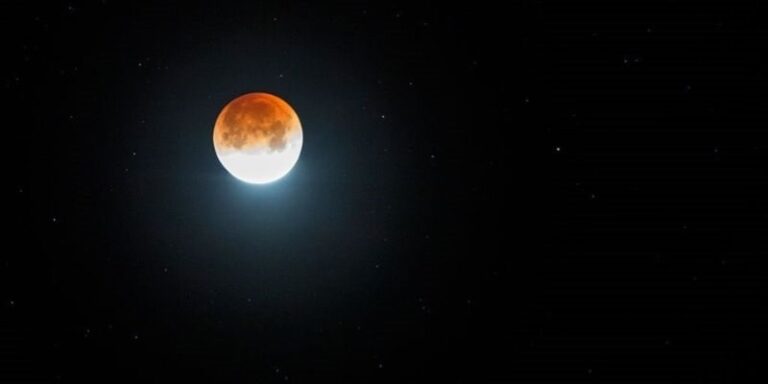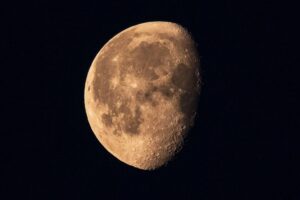Satellite Spots Earth’s Second Moon?
The asteroid follows the Earth’s rotation around the sun.
By: Kirsten Brooker | June 14, 2023 | 437 Words

(Photo by David McNew/Getty Images)
A telescope mounted atop a dormant Hawaiian volcano spotted a never-before-seen object in the sky. In March 2023, scientists discovered 2023 FW13, an asteroid many are calling a second moon. The space rock is unique because it is a quasi-moon or quasi-satellite, meaning it travels along with planet Earth on its yearly trip around the sun. Astronomers began digging into the telescope’s stored data and found that the asteroid had been in orbit for quite some time, possibly even as far back as 100 BC!
What Is Known So Far?
The data retrieved from Pan-STARRS observatory allowed scientists to follow the activities of the asteroid since 2012. From there, they were able to determine that the space rock was approximately 50 meters in diameter. Additionally, they learned that it travels around the sun in about the same time as Earth. However, Earth’s gravitational pull has very little influence on the quasi-moon. Instead, it uses the sun to determine its orbit. Alan Harris, a senior research scientist at the Space Science Institute, feels that classifying the space rock as a quasi-asteroid may not be exactly right because the Earth would play a much more significant role in the movements and activities of a true quasi-moon.

(Photo by Michael M. Santiago/Getty Images)
The asteroid gets within about nine million miles of Earth but changes its position throughout its one-year travels. This is far different from the moon seen in the sky every night. Earth’s native moon gets as close as 223,693 miles from our planet – significantly closer than 2023 FW13.
How Long Has 2023 FW13 Been Out There?
Though the archival data only dates to 2012, experts believe this particular asteroid was in orbit as long ago as 100 BC and that it will likely be around until AD 3700. Journalist and astronomer Adrien Coffinet took a special interest in the discovery. “It seems to be the longest quasi-satellite of Earth known to date,” Coffinet said.
This is not the first discovery of a quasi-moon. In 2016, astronomers found a space rock with an orbit similar to Earth’s. It was given the name 2016 HO3. Neither 2023 FW13 nor 2016 HO3 are considered a threat to Earth, as their path never gets closer to our planet.
Astronomers are excited about the possibilities asteroids such as these open up for future missions. Richard Binzel, an MIT (Massachusetts Institute of Technology) astronomer, hopes the rocky Earth tagalongs will act as stepping stones to reaching Mars.
Given that the asteroid was only recently discovered, it will be interesting to see what we can learn about space from it.
















